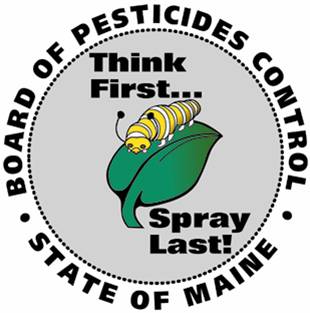Home → Landscapes → Using Pesticides & Fertilizers
Using Pesticides & Fertilizers

Quick Tips
- Feed the needs. Give your plants only the nutrients they need. If your plants don’t talk to you, then you’ll need to take a soil test for fertility and pH. Test kits are available at County Cooperative Extension and Soil & Water Conservation District offices or online.
- Phosphorous not for us. Phosphorous in fertilizer is rarely needed for established plants. Use phosphorous-free fertilizer unless planting perennial seeds.
- Not all fertilizer is created equal. Buy fertilizer with water insoluble, slow release or controlled release nitrogen printed on the package. Otherwise, the nitrogen is washed away by rain or watering before it's used, wasting your time and money, and may end up in your drinking water.
- Think before you treat. Identify your pest without a doubt. Realize a few pests are okay. Use non-pesticide tactics first: handpicking weeds, flushing insects with water, fighting bugs with bugs. Use pesticides only when pests increase beyond acceptable levels. Choose ready-to-use products that read "Caution" on the label, and avoid those that read "Warning" or "Danger." Buy only what you need to avoid having to store it. Read and follow the label carefully! Spot treatments are much better than broadcast.
- Reduce runoff. Pesticides and fertilizers used on our yards can wind up polluting water bodies after a heavy rain or snowmelt. Prevent runoff by limiting their use. If using them, avoid applying before rain and keep them off sidewalks and driveways. Other to-dos: direct roof runoff into vegetated areas and minimize areas like lawns and driveways that don’t absorb water quickly or at all. Finally, NEVER leave pesticide or fertilizer granules on sidewalks, patios or driveways. The granules can be easily washed off into the closest stream, river, lake or bay.